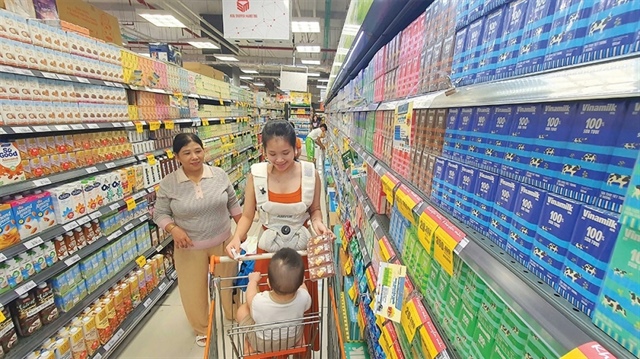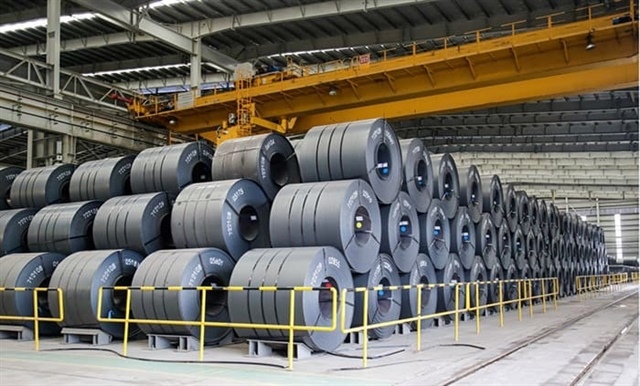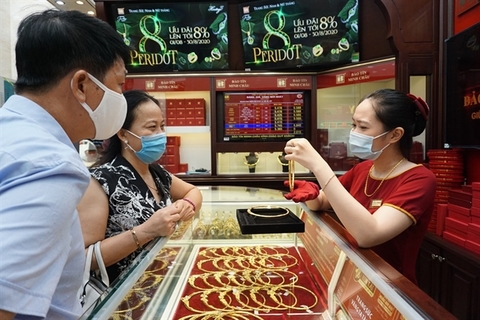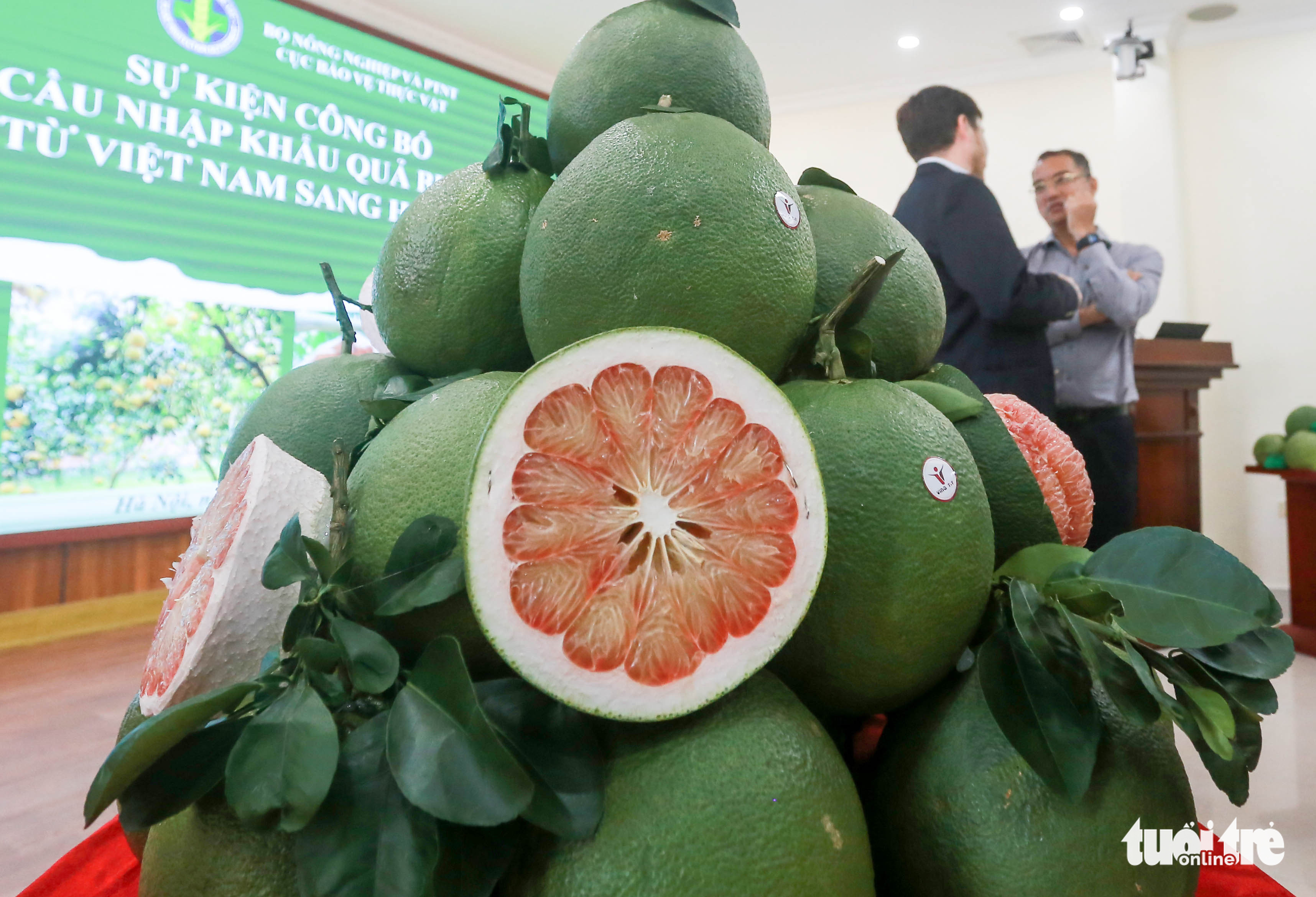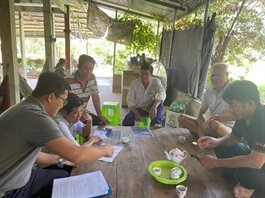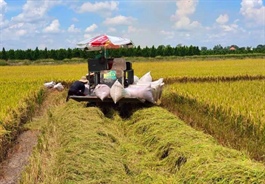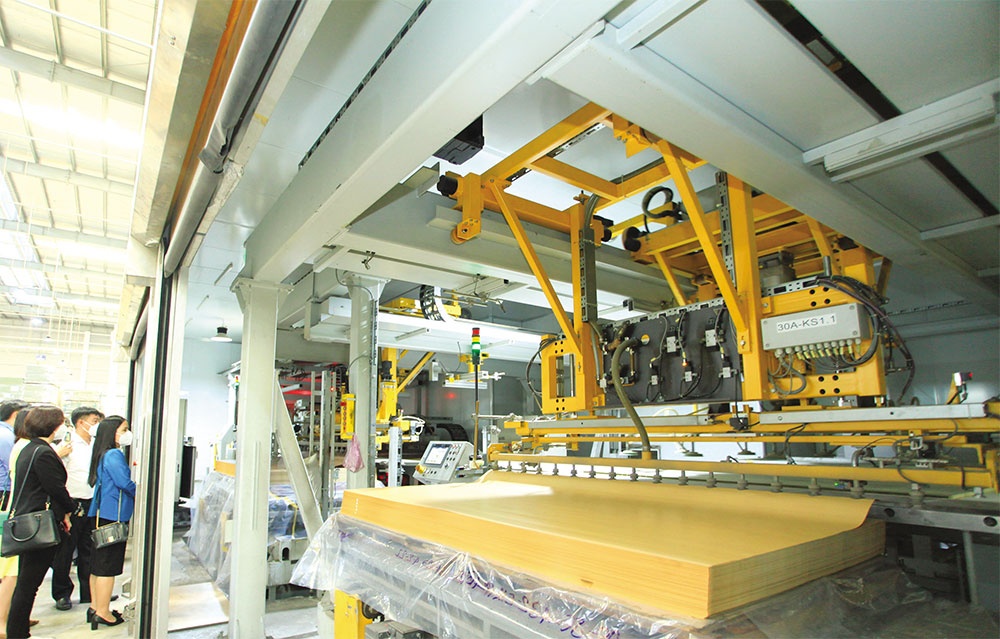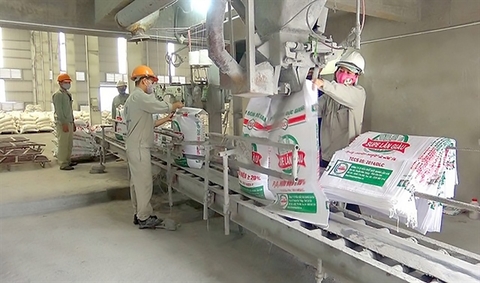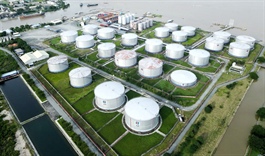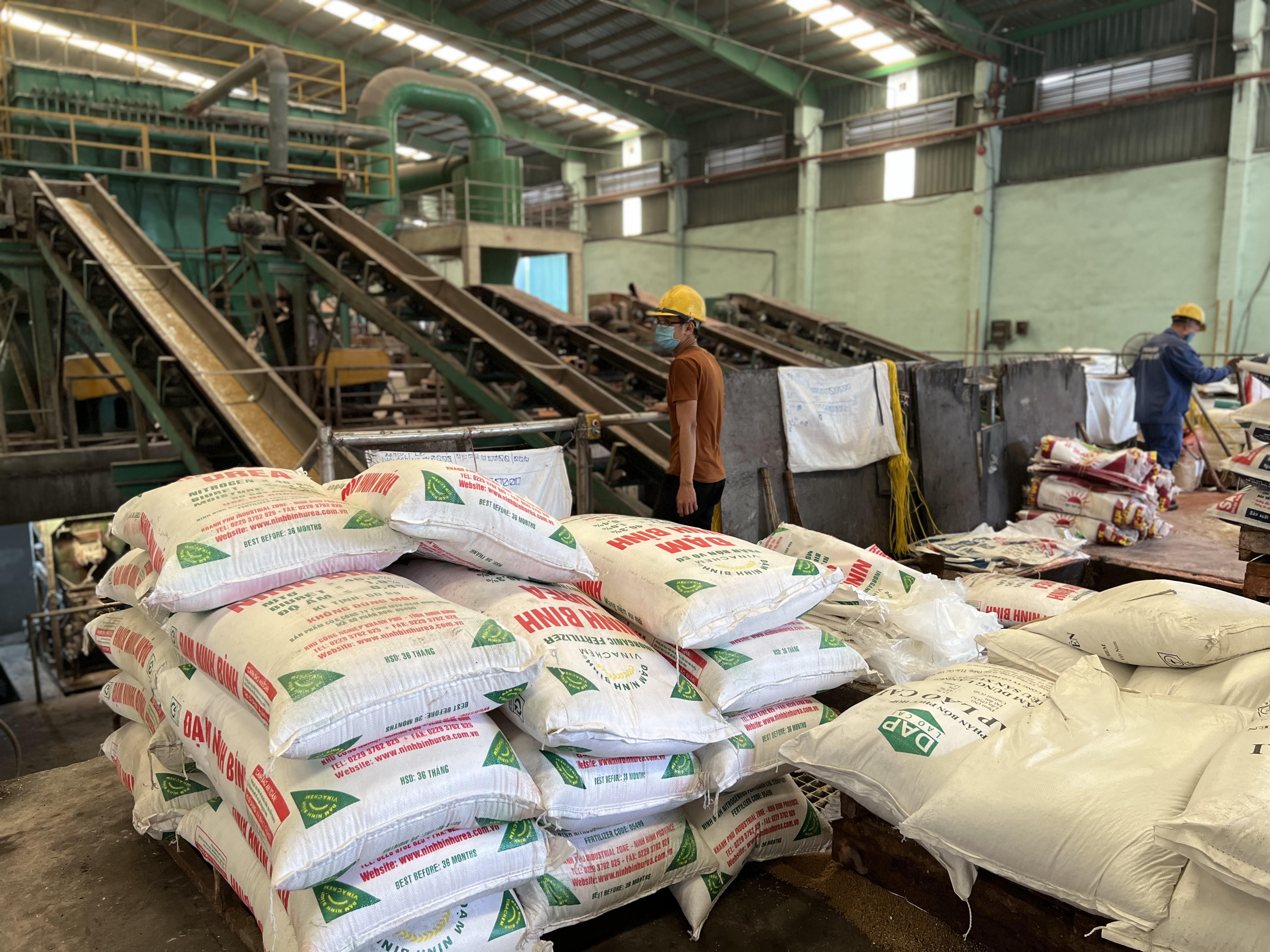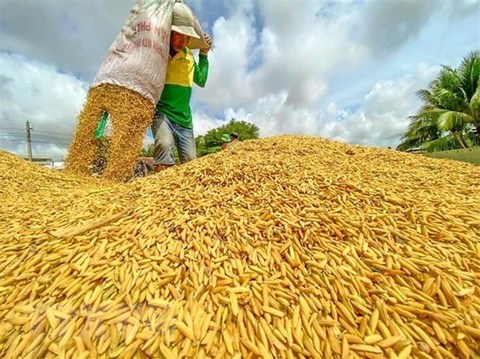Rubber producers continue to brood over tough prices and tax complexities
Rubber producers continue to brood over tough prices and tax complexities
Vietnam’s rubber industry is facing difficulties from the global market and internal problems in tax policy, with farmers, associations, and businesses alike waiting for much-needed funds.
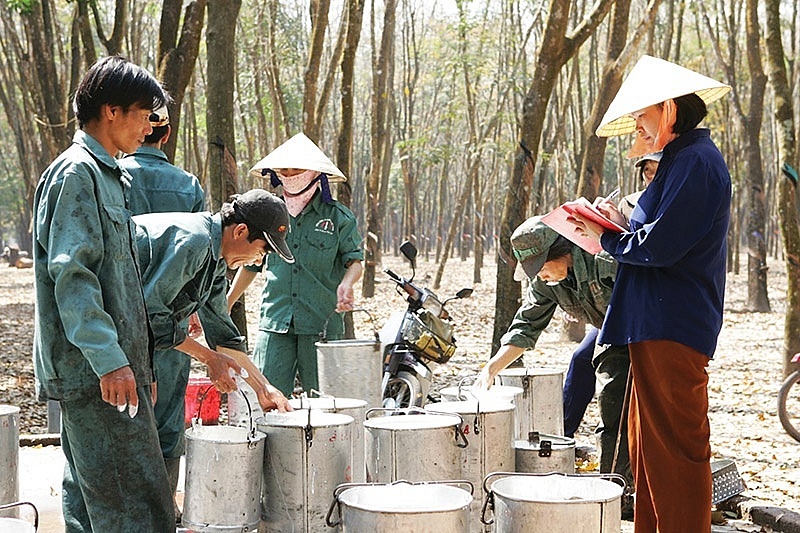
The Vietnam Rubber Association (VRA) last month proposed to the Ministry of Finance (MoF) to consider applying a VAT policy on preliminarily processed rubber and latex, similar to other agricultural products. The VRA also urges for the application of preferential corporate tax for income from the harvest of liquidated rubber trees, like other crop products, and a land rent exemption policy for replanted rubber areas during the construction period. The goal is to remove difficulties for the entire value chain, from rubber growers to exporters.
In Ho Chi Minh City, Hoa Thuan Trading Co., Ltd. is still waiting for a tax refund of $2 million for rubber exports. Representative Tran Le Thu said, “When completing tax refund procedures in Ho Chi Minh City, the company have to wait for the agency to verify invoices for purchasing raw materials in the provinces.”
Thu also pointed towards “a lack of connection” between the tax departments of the provinces that had caused refund delays for businesses. “With this situation, Hoa Thuan has had to refuse several orders due to a lack of capital. As a rule, the time to reply to verify the invoice for tax refund is usually 10 days, but even some complicated cases do not exceed 30 days.”
VRA vice chairman Vo Hoang An commented, “Obstacles in tax policy may hinder the output of more than 265,000 households that account for over 60 per cent of Vietnam’s rubber output. Many businesses have waited 4-9 months for tax refunds, causing a lack of funds to pay bank interest and as capital to maintain production.”
In the last two months of the year, rubber exports will continue to face difficulties due to the fall in rubber prices and the appreciation of the US dollar, An said. Prices for different kinds of rubber have fallen since Q3 by 5.5-10.5 per cent, compared to the same period in 2021.
“Price competition between natural rubber producing and exporting countries is becoming more intense as the structure and types of rubber in Vietnam are still highly dependent on China. It is difficult to penetrate other large markets, such as the US, Japan, and Europe,” An said.
In 2021, Vietnam exported 1.4 million tonnes of rubber to China, bringing in $2.3 billion, according to Vietnam Customs. A report by Forest Trends released in June stated that the selling price of Vietnamese rubber was very low, even remaining unsold in many markets because almost all rubber and latex suppliers do not have sustainable certificates.
Small and fragmented production renders the quality of input rubber low, and it is difficult to apply for a certificate of sustainability. Meanwhile, creating connections between international buyers and small associations through Vietnamese rubber companies in jointly building chains also remains limited.
For the Vietnamese rubber industry, selling more rubber could bring sustainable growth to businesses and rubber growers. Rubber exports have increased since the beginning of the year, but falling rubber prices have reduced the value. According to statistics of the General Department of Customs, Vietnam’s rubber exports in the third quarter reached over 609,000 tonnes worth around $930 million, up 6 per cent in volume but down 1.8 per cent in value compared to the previous period in 2021.
The pressure of sustainable development pushes the rubber industry to continue to strengthen its role in improving the environment and social conditions in the rubber area. According to the VRA, Vietnam has about 265,000 small rubber growers, with an area of 479,600 hectares, equivalent to 51 per cent of the total rubber area of the country.
About 426,000 hectares are in the tapping stage, with a supply of over 732,000 tonnes of dried latex per year, accounting for nearly 62 per cent of the total amount of latex exploited in the entire rubber area of Vietnam.
The industry annually contributes $7-8 billion to Vietnam’s export turnover, with three main products being natural rubber, industrial products from rubber, and rubber wood.
Tran Thi Tuyet from the Tax Policy Department under the MoF said, “Compared with other crops, such as coffee and cashew, the application of 5 per cent VAT on primary rubber and latex processing, and 10 per cent with processed latex, may not be fair.”
Tuyet added that the calculation of VAT will help manufacturing enterprises deduct input. “If VAT is not charged for preliminarily processed latex, enterprises are not allowed to deduct inputs for tax refund. Businesses and associations should consider this when proposing to exempt VAT for preliminarily processed rubber and latex,” Tuyet said.



